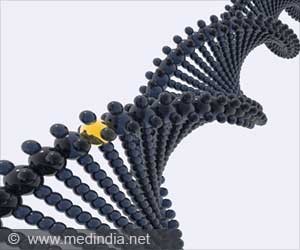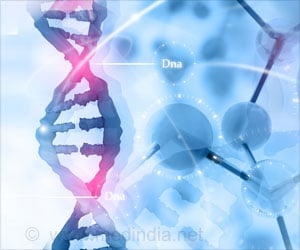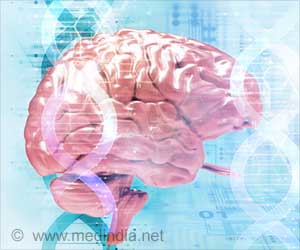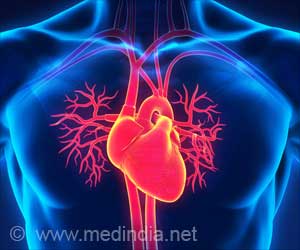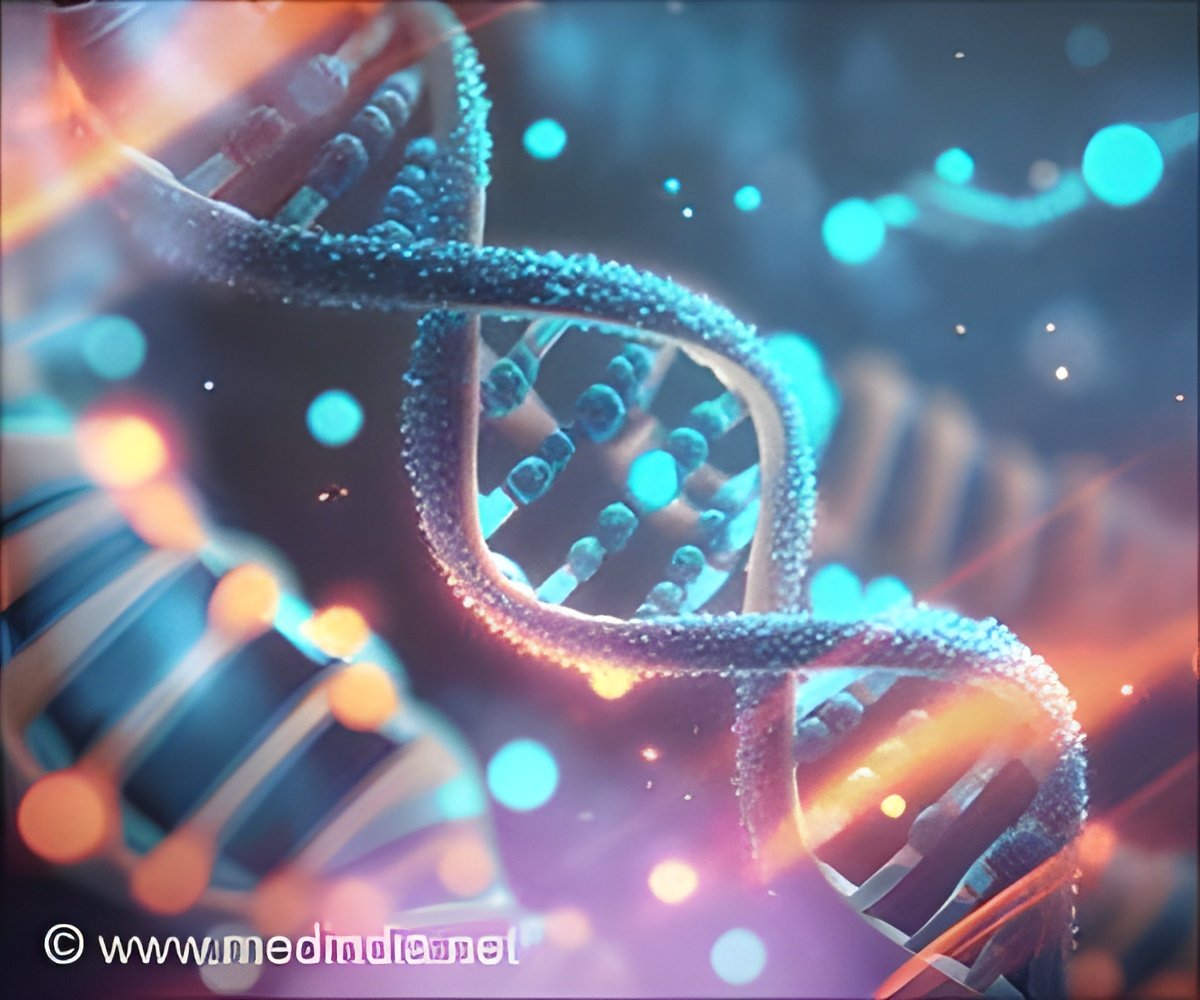
Synaptic neoteny of human cortical neurons requires species-specific balancing of SRGAP2-SYNGAP1 cross-inhibition
Go to source).
‘It’s a myth that you only use 10% of your brain. You actually use all of it, even when you are sleeping. Neurologists confirm that your brain is always active. #medindia #humanbrain #neuroscience’





Advertisement
Prolonged Neurological Development in Humans
The human brain is notable among mammals for its prolonged development. Synapses—essential connections between neurons in the cerebral cortex, the brain's primary area for cognition—take years to mature in humans, unlike the mere months required in species such as macaques or mice. This prolonged development, referred to as neoteny, is thought to play a crucial role in humans' superior cognitive and learning abilities. Conversely, it has been suggested that disruptions in this neotenous development could be related to neurodevelopmental disorders, including intellectual disability and autism spectrum disorder.The lab of Pierre Vanderhaeghen at the VIB-KU Leuven Center for Brain & Disease Research previously discovered that the prolonged development of the human cerebral cortex is mainly due to human-specific molecular mechanisms in neurons. Now, they are investigating these molecular timers in human neurons.
Advertisement
Unlocking the Secrets to Slow Synapse Development
In their latest study, the team tested the involvement of two genes, SRGAP2B and SRGAP2C, which are unique to humans. First identified by Cécile Charrier in the laboratory of Prof. Franck Polleux (Columbia University, USA), these genes have been found to slow down synapse development when artificially introduced into mouse neurons of the cerebral cortex. The question of whether these genes function the same way in human neurons has remained unanswered.To address this, Dr. Baptiste Libé-Philippot, a Postdoctoral Fellow in the Vanderhaeghen lab, switched off SRGA2B and SRGAP2C in human neurons, transplanted them into mouse brains, and carefully monitored synapse development over 18-months.
“We discovered that when you turn off these genes in human neurons, synaptic development speeds up at remarkable levels," says Dr. Libé-Philippot. "By 18 months, the synapses are comparable to what we would expect to see in children between five and ten years old! This mirrors the accelerated synapse development observed in certain forms of autism spectrum disorder.”
Advertisement
Clues to Human-Specific Brain Disorder Susceptibility
The team then investigated the underlying genetic mechanisms behind the pronounced effects of SRGAP2B and SRGAP2C on human neuron neoteny. They focused on the SYNGAP1 gene, an important disease gene known to be involved in intellectual disability and autism spectrum disorder.Remarkably, they discovered that the SRGAP2 and SYNGAP1 genes act together to control the speed of human synapse development. Most strikingly, they found that SRGAP2B and SRGAP2C increase the levels of the SYNGAP1 gene and can even reverse some defects in neurons lacking SYNGAP1. This finding increases our understanding of how human-specific molecules influence neurodevelopmental disease pathways, shedding light on why such disorders are more prevalent in our species.
Future of Gene Products as Drug Targets
Prof. Pierre Vanderhaeghen is looking forward to the future: “This work gives us a clearer picture of the molecular mechanisms that shape the slow development of human synapses. It is amazing to find out that the same genes that are involved in the evolution of the human brain also have the potential to modify the expression of specific brain diseases. This could have important clinical relevance: more research is needed to understand how human-specific mechanisms of brain development affect learning and other behaviors and how their dysregulation can lead to brain disorders. It becomes conceivable that some human-specific gene products could become innovative drug targets.”Reference:
- Synaptic neoteny of human cortical neurons requires species-specific balancing of SRGAP2-SYNGAP1 cross-inhibition - (https://www.cell.com/neuron/fulltext/S0896-6273(24)00645-7)
Source-Eurekalert

